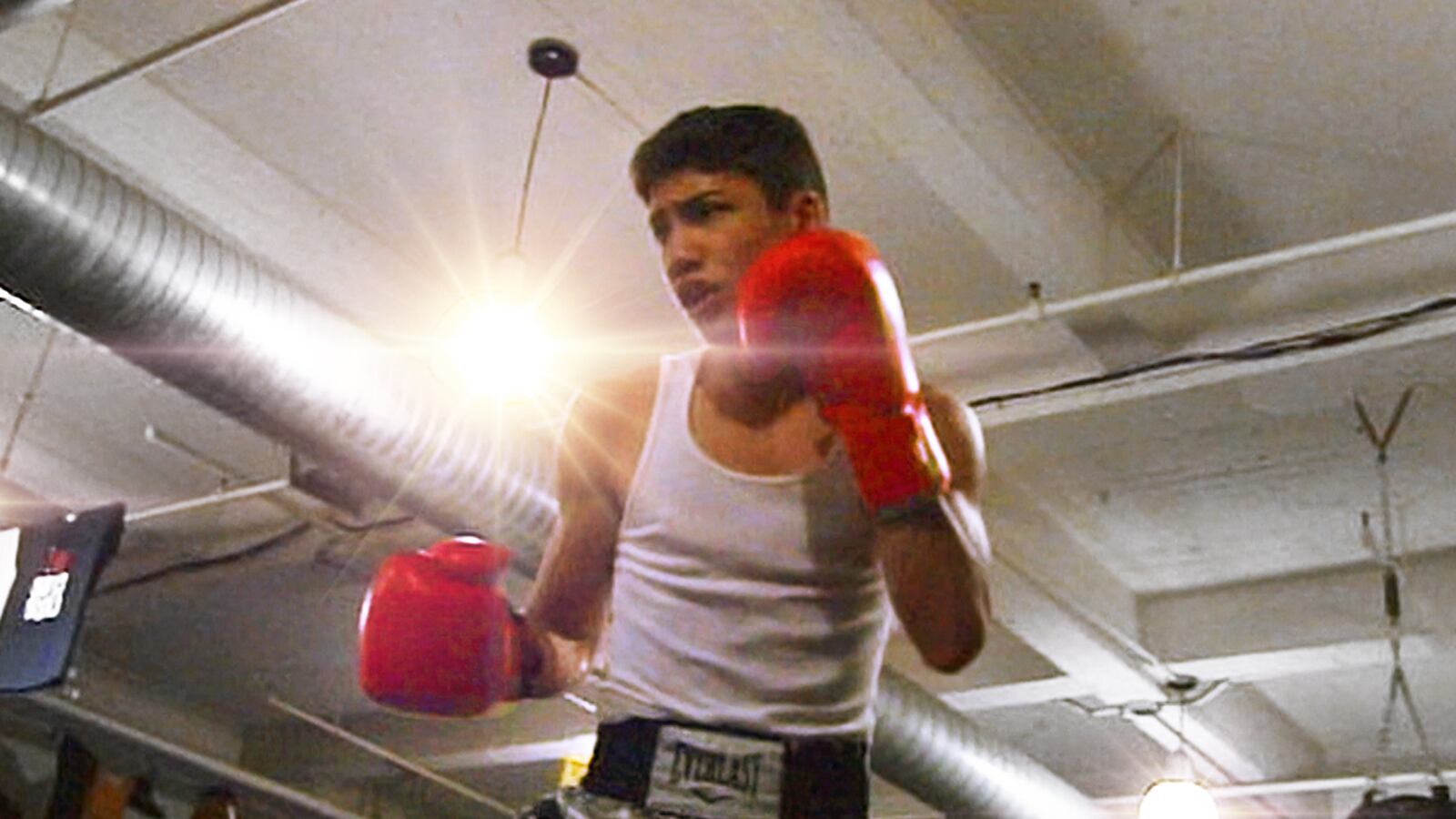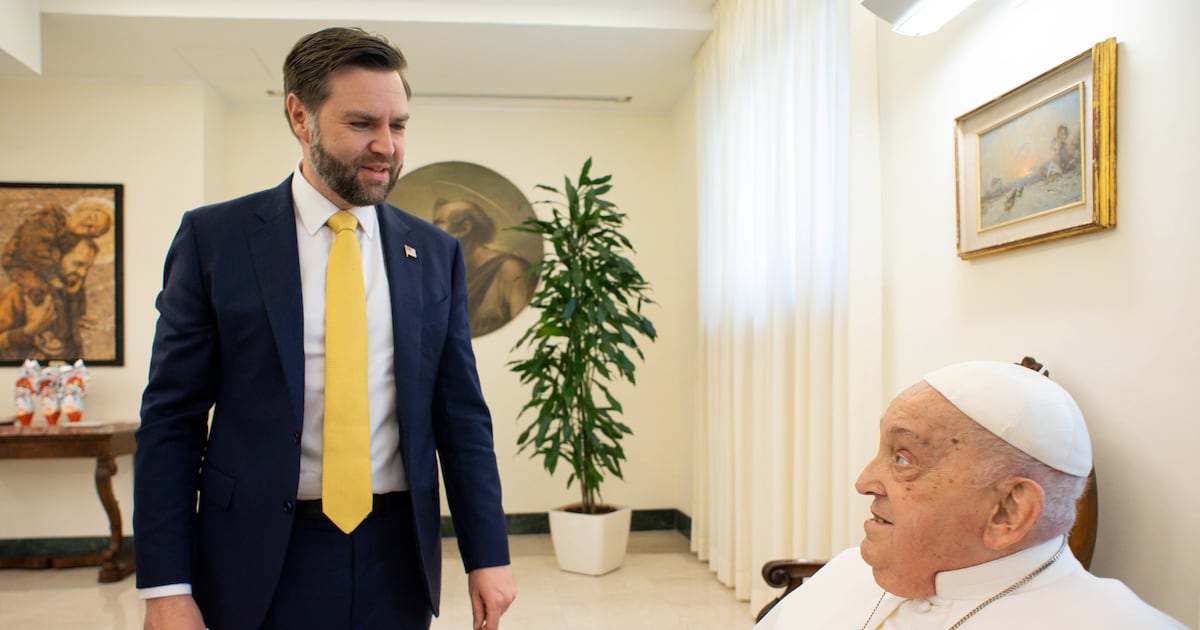By Antonia Marrero for the Moral Courage Project
Kevin Santiago, a Brooklyn high schooler, was targeted by a bully. It inspired him to take matters into his own gloved hands.
Kevin trains as a boxer, a discipline that instills in him both confidence and calm. So much so that when he witnessed a younger student being bullied, he stepped up—not with a combination left hook, right jab, but with words that made it clear the intimidation would stop right there. And it did. Why aren’t more educators learning from morally courageous kids like Kevin?
Here’s what I mean: peer pressure is a real issue. We all know that. If friends can exert negative influence on each other through cowardly behavior, they can also exert positive influence through courageous conduct. That’s what you might call positive peer pressure. Logical, right? Where, then, are the anti-bullying policies that harness positive peer pressure? Can we equip young people to stand up to bullies, thereby demonstrating what’s possible?
At the Moral Courage Project, we decided to research positive peer pressure. Our founder, Irshad Manji, searched some databases that she was sure would contain the information we needed. She came up with zilch.
Irshad continued the hunt by enlisting a graduate student who knows the research ropes as well as most professors. After a weekend of looking, the grad student reported next to nothing in the social science journals about how adolescents and teenagers can be constructive forces.
Refusing to take “no” for an answer, Irshad then contacted a psychologist who works with at-risk youth. “Does this kind of research even exist?” she asked the good doctor.
“Hell yeah,” came the authoritative reply.
“Will you help us find it?” Irshad nudged.
"Absolutely,” the psychologist said. “Shouldn’t take more than 30 minutes.”
Thus continued a goose chase that produced, well, a goose egg. Five hours and loads of frustration later, the bewildered psychologist gave up.
We had no choice but to return to the mounds of material that the dismayed grad student sent us, hoping that excavation would turn up something, anything, about positive peer pressure.
The result? This acknowledgement from a 2009 article in the Journal of Adolescence: “Although it is generally understood that peers can have both positive an negative influences on adolescents, the vast majority of research focus on negative peer influence… “ The article goes on to affirm that “there are relatively few studies examining positive peer influence as both a deterrent to negative behavior and as a form of encouragement for positive behavior.” Looks like not much has changed since that piece went to press.
According to the Department of Education, a mere eight percent of anti-bullying programs implemented in U.S. schools are evidence-based. Not surprising. They’re shaped by lop-sided research, the kind which assumes that the only kids worth observing and engaging are those who enable bad outcomes. Notice that I wrote, “assume.” That’s exactly what academics are doing by giving short shrift to the the effects of moral courage—the willingness to speak and act with integrity in the face of fear.
Stand-up kids like Kevin Santiago are a precious source of education for educators themselves. What makes young people morally courageous, and how their guts embolden others to be role models, are questions that deserve attention. You can be part of the change by sharing this clip of our young boxer in action.






